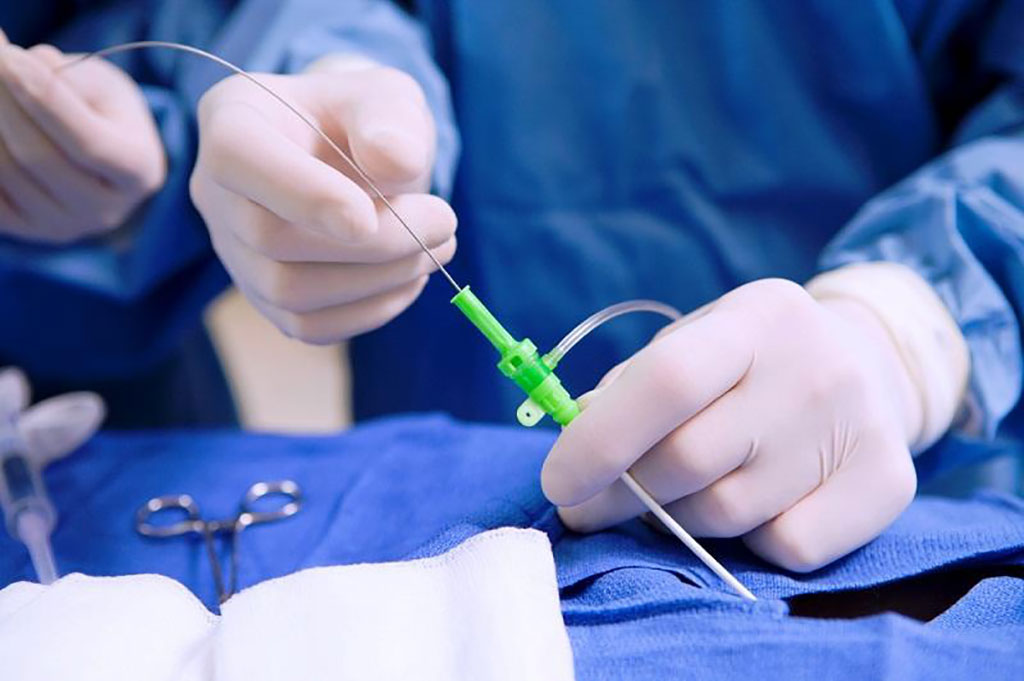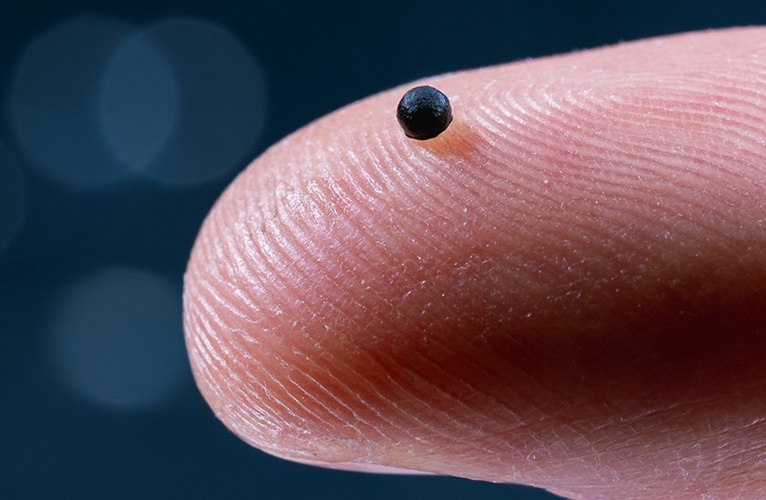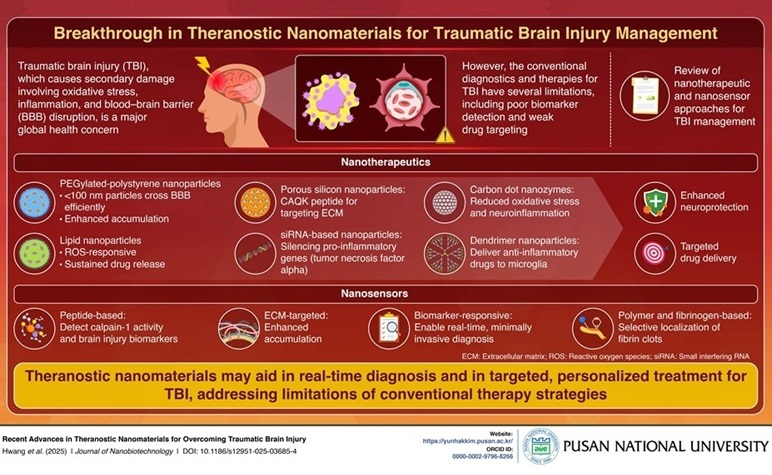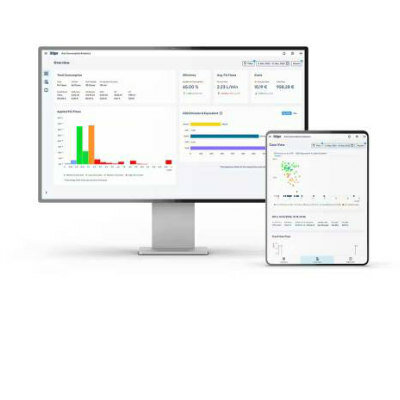Experienced Cardiologists Can Also Perform Stroke Thrombectomy
|
By HospiMedica International staff writers Posted on 13 May 2021 |

Image: Interventional cardiologists could expand thrombectomy access in Europe (Photo courtesy of Getty Images)
Cardiologists with proficiency in cardiac interventions can competently perform stroke thrombectomy after a short period of training, according to a new study.
Researchers at University Hospital Kralovske Vinohrady (FNKV; Prague, Czech Republic) conducted a retrospective study that analyzed the learning curve effect when FNKV established a new stroke thrombectomy program in the existing cardiac catheterization lab in 2012, in close cooperation with neurologists and radiologists. The decision to perform catheter-based thrombectomy in the 333 patients was made by a neurologist, based on acute stroke clinical symptoms and CT angiographic findings. The primary endpoint was functional neurological outcome, per Modified Rankin Scale (mRS) score at three months.
The results revealed that clinical mRS outcomes did not vary significantly across years (2012 to 2019). Symptomatic intracerebral hemorrhage occurred in 19 patients (5.7%), and embolization in a new vascular territory occurred in six patients (1.8%), outcomes that are similar to those of established neuroradiology centers. In addition, the desired clinical results were achieved from the onset of the program, after the cardiologists were trained by an interventional radiologist on the thrombectomy procedure. The study was published on April 12, 2021, in JACC: Cardiovascular Interventions.
“There are not enough neuro-interventionalists in Europe. Interventional cardiologists can perform thousands of procedures every year, whereas a neuro-interventionalist will at best perform hundreds a year. It is quicker and simpler to train the cardiologist to do it,” said senior author Petr Widimsky, MD. “The cath lab is open 24/7, but if we only have one neuro-interventionalist, we cannot offer a 24/7 service for stroke thrombectomy. But if we merge with cardiology then we can.”
“Interventional cardiologists are used to performing carotid and coronary artery stenting; the thrombectomy procedure is different to coronary angioplasty, but it is not more difficult. Actually, I think coronary angioplasty can be more difficult,” concluded Dr. Widimsky. “I think interventional cardiologists can learn what they need to know in about six months. I would recommend they should watch about 50 procedures and perform at least 25 under supervision.”
“To be able to guarantee optimized stroke therapy as soon as possible, disputes over competence among the individual medical societies involved must be ended,” added Marius Hornung, MD, and Horst Sievert, MD, of CardioVascular Center Frankfurt (Germany), in an accompanying editorial. They advocate the creation of interdisciplinary teams and appropriately trained and experienced physicians, regardless of their specialties, to perform rapid acute stroke interventions and endovascular thrombectomy.
Related Links:
University Hospital Kralovske Vinohrady
Researchers at University Hospital Kralovske Vinohrady (FNKV; Prague, Czech Republic) conducted a retrospective study that analyzed the learning curve effect when FNKV established a new stroke thrombectomy program in the existing cardiac catheterization lab in 2012, in close cooperation with neurologists and radiologists. The decision to perform catheter-based thrombectomy in the 333 patients was made by a neurologist, based on acute stroke clinical symptoms and CT angiographic findings. The primary endpoint was functional neurological outcome, per Modified Rankin Scale (mRS) score at three months.
The results revealed that clinical mRS outcomes did not vary significantly across years (2012 to 2019). Symptomatic intracerebral hemorrhage occurred in 19 patients (5.7%), and embolization in a new vascular territory occurred in six patients (1.8%), outcomes that are similar to those of established neuroradiology centers. In addition, the desired clinical results were achieved from the onset of the program, after the cardiologists were trained by an interventional radiologist on the thrombectomy procedure. The study was published on April 12, 2021, in JACC: Cardiovascular Interventions.
“There are not enough neuro-interventionalists in Europe. Interventional cardiologists can perform thousands of procedures every year, whereas a neuro-interventionalist will at best perform hundreds a year. It is quicker and simpler to train the cardiologist to do it,” said senior author Petr Widimsky, MD. “The cath lab is open 24/7, but if we only have one neuro-interventionalist, we cannot offer a 24/7 service for stroke thrombectomy. But if we merge with cardiology then we can.”
“Interventional cardiologists are used to performing carotid and coronary artery stenting; the thrombectomy procedure is different to coronary angioplasty, but it is not more difficult. Actually, I think coronary angioplasty can be more difficult,” concluded Dr. Widimsky. “I think interventional cardiologists can learn what they need to know in about six months. I would recommend they should watch about 50 procedures and perform at least 25 under supervision.”
“To be able to guarantee optimized stroke therapy as soon as possible, disputes over competence among the individual medical societies involved must be ended,” added Marius Hornung, MD, and Horst Sievert, MD, of CardioVascular Center Frankfurt (Germany), in an accompanying editorial. They advocate the creation of interdisciplinary teams and appropriately trained and experienced physicians, regardless of their specialties, to perform rapid acute stroke interventions and endovascular thrombectomy.
Related Links:
University Hospital Kralovske Vinohrady
Latest Surgical Techniques News
- New Study Findings Could Halve Number of Stent Procedures
- Breakthrough Surgical Device Redefines Hip Arthroscopy
- Automated System Enables Real-Time "Molecular Pathology" During Cancer Surgery
- Groundbreaking Procedure Combines New Treatments for Liver Tumors
- Ablation Reduces Stroke Risk Associated with Atrial Fibrillation
- Optical Tracking Method Identifies Target Areas in Robot-Assisted Neurosurgery
- General Anesthesia Improves Post-Surgery Outcomes for Acute Stroke Patients
- Drug-Coated Balloons Can Replace Stents Even in Larger Coronary Arteries
- Magnetic Kidney Stone Retrieval Device Outperforms Ureteroscopic Laser Lithotripsy
- Absorbable Skull Device Could Replace Traditional Metal Implants Used After Brain Surgery
- Magic Silicone Liquid Powered Robots Perform MIS in Narrow Cavities
- 'Lab-on-a-Scalpel' Provides Real-Time Surgical Insights for POC Diagnostics in OR
- Biodegradable Brain Implant Prevents Glioblastoma Recurrence
- Tiny 3D Printer Reconstructs Tissues During Vocal Cord Surgery
- Minimally Invasive Procedure for Aortic Valve Disease Has Similar Outcomes as Surgery
- Safer Hip Implant Design Prevents Early Femoral Fractures
Channels
Critical Care
view channel
Magnetically Guided Microrobots to Enable Targeted Drug Delivery
Stroke affects 12 million people globally each year, often causing death or lasting disability. Current treatment relies on systemic administration of clot-dissolving drugs, which circulate throughout... Read more
Smart Nanomaterials Detect and Treat Traumatic Brain Injuries Simultaneously
Traumatic brain injury (TBI) continues to leave millions with long-term disabilities every year. After a sudden impact from a fall, collision, or accident, the brain undergoes inflammation, oxidative stress,... Read more
Earlier Blood Transfusion Could Reduce Heart Failure and Arrhythmia in Heart Disease Patients
Blood loss during or after surgery can place significant stress on people with heart disease, increasing the risk of dangerous complications. Transfusions are often delayed until hemoglobin levels fall... Read morePatient Care
view channel
Revolutionary Automatic IV-Line Flushing Device to Enhance Infusion Care
More than 80% of in-hospital patients receive intravenous (IV) therapy. Every dose of IV medicine delivered in a small volume (<250 mL) infusion bag should be followed by subsequent flushing to ensure... Read more
VR Training Tool Combats Contamination of Portable Medical Equipment
Healthcare-associated infections (HAIs) impact one in every 31 patients, cause nearly 100,000 deaths each year, and cost USD 28.4 billion in direct medical expenses. Notably, up to 75% of these infections... Read more
Portable Biosensor Platform to Reduce Hospital-Acquired Infections
Approximately 4 million patients in the European Union acquire healthcare-associated infections (HAIs) or nosocomial infections each year, with around 37,000 deaths directly resulting from these infections,... Read moreFirst-Of-Its-Kind Portable Germicidal Light Technology Disinfects High-Touch Clinical Surfaces in Seconds
Reducing healthcare-acquired infections (HAIs) remains a pressing issue within global healthcare systems. In the United States alone, 1.7 million patients contract HAIs annually, leading to approximately... Read moreHealth IT
view channel
EMR-Based Tool Predicts Graft Failure After Kidney Transplant
Kidney transplantation offers patients with end-stage kidney disease longer survival and better quality of life than dialysis, yet graft failure remains a major challenge. Although a successful transplant... Read more
Printable Molecule-Selective Nanoparticles Enable Mass Production of Wearable Biosensors
The future of medicine is likely to focus on the personalization of healthcare—understanding exactly what an individual requires and delivering the appropriate combination of nutrients, metabolites, and... Read moreBusiness
view channel
Philips and Masimo Partner to Advance Patient Monitoring Measurement Technologies
Royal Philips (Amsterdam, Netherlands) and Masimo (Irvine, California, USA) have renewed their multi-year strategic collaboration, combining Philips’ expertise in patient monitoring with Masimo’s noninvasive... Read more
B. Braun Acquires Digital Microsurgery Company True Digital Surgery
The high-end microsurgery market in neurosurgery, spine, and ENT is undergoing a significant transformation. Traditional analog microscopes are giving way to digital exoscopes, which provide improved visualization,... Read more
CMEF 2025 to Promote Holistic and High-Quality Development of Medical and Health Industry
The 92nd China International Medical Equipment Fair (CMEF 2025) Autumn Exhibition is scheduled to be held from September 26 to 29 at the China Import and Export Fair Complex (Canton Fair Complex) in Guangzhou.... Read more














